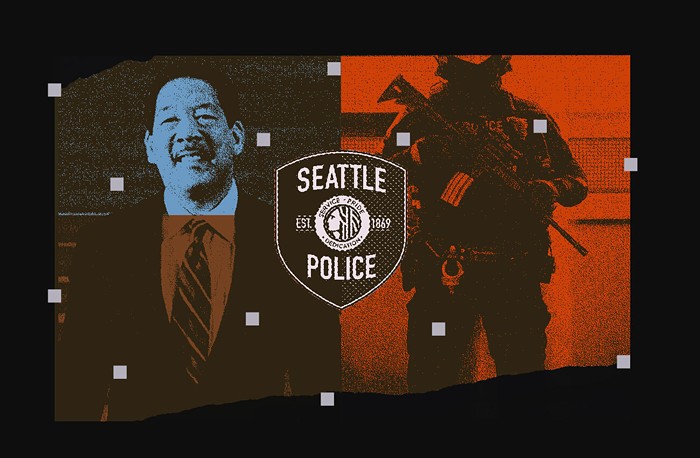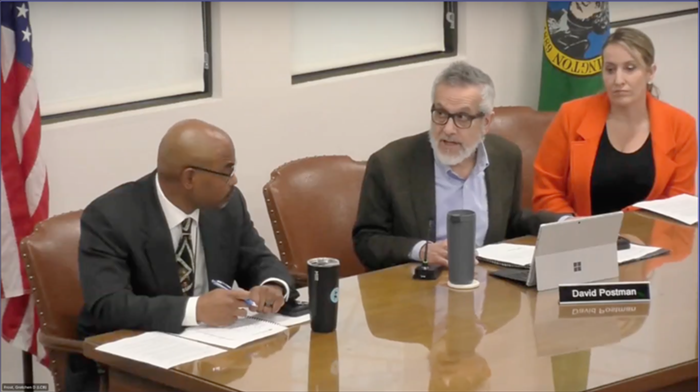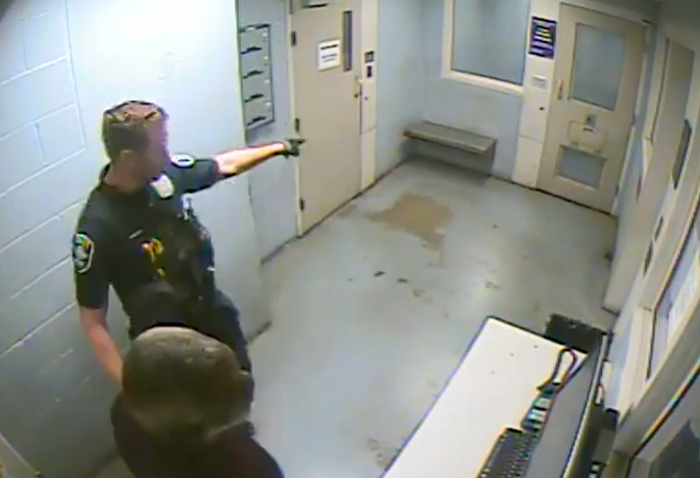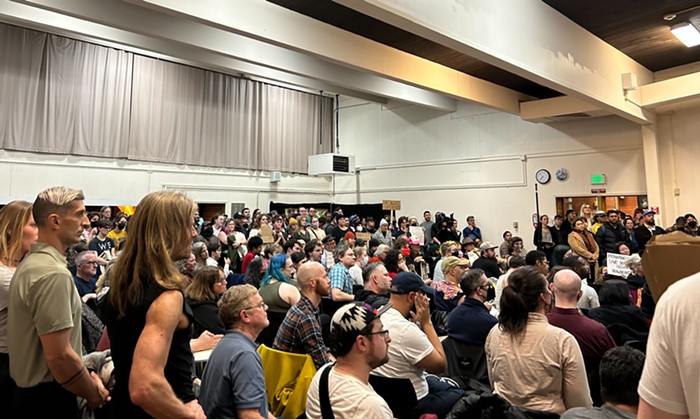Two months ago, when the city council narrowly adopted strict new rules regulating behavior inside the city's four remaining strip clubs (among them: a lap-dance ban, lighting regulations, and a rule banning direct tipping of dancers), city council member Peter Steinbrueck attached a tacit challenge to the legislation: The new rules would not go into effect until the mayor, who proposed the regulations, had come up with zoning rules dictating where strip clubs could be located. (Nickels had been reluctant to create a strip-club zone because of the neighborhood opposition that was sure to follow.) Technically, strip clubs can operate in any commercial area of Seattle; practically, however, they've been banned for 17 years by a "temporary" moratorium on new adult businesses that was just overturned last September.
Last week, Nickels effectively conceded defeat, releasing—with virtually no public notice and even less public input—a plan to confine new strip clubs to a 300-acre area south of downtown. (Existing strip clubs would be barred from expanding, but would be otherwise unaffected—one reason attorney Gil Levy, who represents Rick's in Northgate, says his client "has no interest" in the zoning battle.) Sung Yang, a land-use adviser to the mayor, says Nickels chose the area for its size and distance from schools, daycares, playgrounds, and churches. The new red-light district, though confined to the same mostly industrial area council members proposed for strip-club zoning some 15 years ago, has, predictably, already proved controversial among both business owners and south-downtown residents.
Industrial business representatives, who say they were taken by surprise by the mayor's proposal, say the zone is incompatible with the city's fragile industrial base—a base that Nickels has been vocal about protecting. "We're disappointed that the mayor did not talk to anybody in the area," says Mike Peringer, vice president of Process Heating, a company in the proposed strip-club zone's boundary. "The staffer who came up with this should have his head examined." Peringer says strip clubs would be more suited to Georgetown's small entertainment district, whose bars have become a citywide destination.
Georgetown residents, unsurprisingly, have a different view. They say the neighborhood has taken more than its fair share of urban blight, including noise, pollution, and nearby sex-offender housing—a development south downtown businesses also opposed. Kathy Nyland, a Georgetown resident and business owner, says strip clubs aren't "really in the plan for the area," noting that the best defense against strip clubs might be "to start putting in daycares everywhere."
Steinbrueck, whose amendment was the genesis for the mayor's zoning proposal, calls Nickels's choice of an industrial zone the "politically expedient option," because it confines strip clubs to a discrete area instead of spreading them evenly throughout the city. By dispersing strip clubs and restricting their distance from churches, homes, schools, and other strip clubs, Steinbrueck says, the city could "limit the number of establishments" in any one area. "It's likely to result in more pockets of opposition," Steinbrueck says, but ultimately, "I think it's a more sensible approach."
barnett@thestranger.com

















